Getting Around The Windy City: Guide to Chicago Public Transportation

Getting around Chicago is made easier by the efficient Chicago public transportation. With affordable bus fares and train routes stretching out to the suburbs, you can conveniently take a leisurely stroll around Navy Pier in East Grand Avenue without worrying how you’ll make it to Columbus Park in South Central Avenue in no time.
Likewise, there are many ride-hailing apps for both shared cars and taxis that can help you conveniently and affordably navigate your way through the city The estimated prices visible in the apps give you the option to compare and choose services. These are truly revolutionizing the Chicago public transportation system!
But aside from these, there are still other Chicago public transportations that you can choose from. Let’s talk about their types, routes, schedules, and prices.
Types of Public Transportation in Chicago
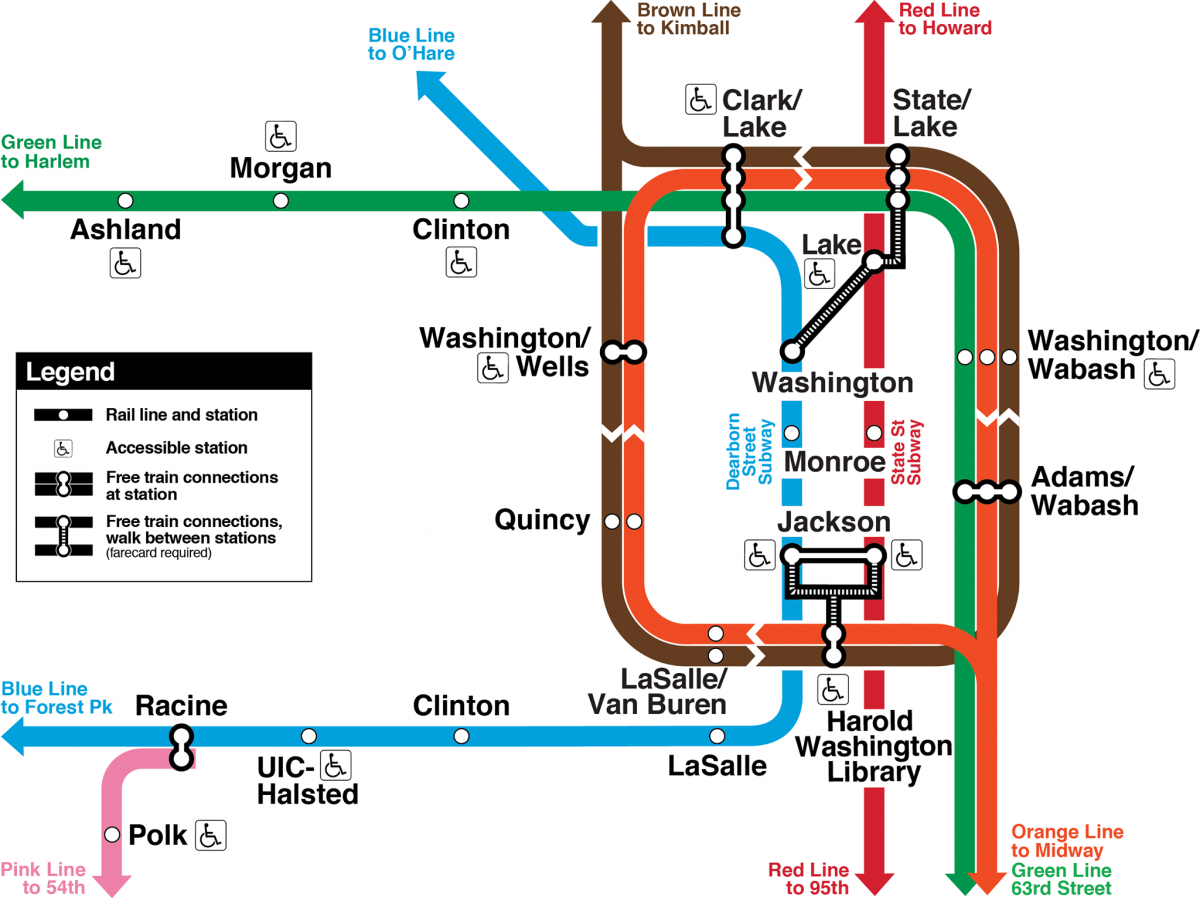
Photo from the Chicago Transit Authority website
The L (or Elevated Line)
A Chicago Transit Authority-managed subway system, the L or Elevated Line is made up of routes categorized by nine colored lines that stretch out through the entire city of Chicago. The metro schedule varies per category, some are operating for 24 hours while others only operate from 3:30 AM to 1:05 AM. Make sure to plan your trip accordingly by checking Chicago Transit Authority schedules.
FARE:
- Full Fare: US$2.50 per ride.
- Reduced: US$1.25 per ride. This is only a privilege for seniors (ages 65 and above), Medicare cardholders, people with disabilities, ADA Paratransit Reduced Fare Permit holders, and children (ages 7-11 years old).
- Free: Children below 7 years old, active U.S. Military personnel with a United States Armed Forces ID or Military Service Pass, and senior citizens and people with disabilities who are part of the Aging’s Benefit Access Program of Illinois.
- Students: US$0.75 per ride. This student fare is for students with the Student Ventra Card who are below 21. The discount is only valid from 5:30 AM to 8:30 PM on a school day. If you’re a student who’s older than 20, you can check their website if your school is one of the participating institutions that provide full-time students with a U-Pass to get unlimited train rides during school days.
- Passes: US$10 (One-day pass), US$20 (Three-day pass), US$28 (Seven-day pass), US$105 (30-day pass), and US$50 (reduced 30-day pass). To avail the passes you will have to purchase a reloadable Ventra card. Ventra cards can be bought in the vending machines at any train station, Chicago Transit Authority retail locations (like drug stores, or money changers), online, or through calling them at 1-877-NOW-VENTRA. Don’t forget to download the Ventra App to load your cards hassle-free!
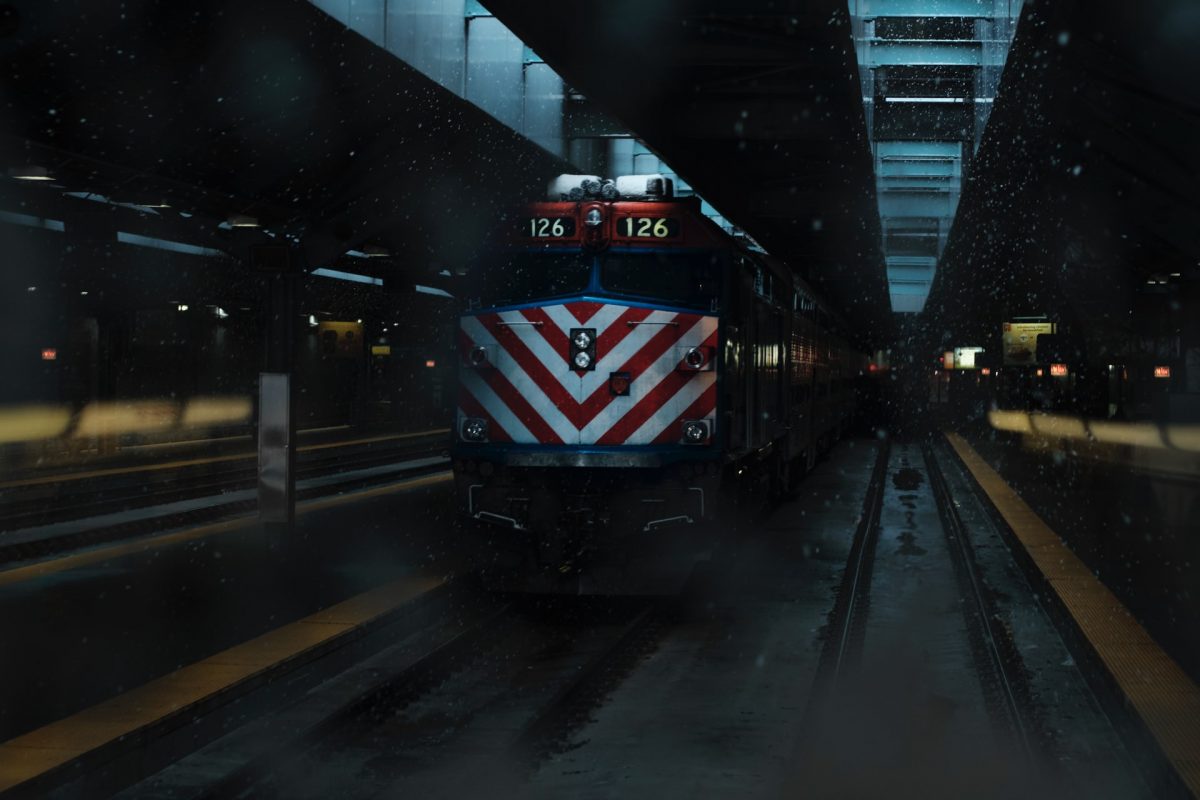
Photo by Ken Ozuna from Unsplash
Metra (or Metropolitan Rail)
The Metra is a commuter rail system that has 11 lines and 241 stations starting from downtown Chicago to the suburbs of northeast Illinois. Similar to the L, Metra’s schedule also varies per line and per day. In the case of Chicago to Fox Lake on weekdays, it runs from 7:01 AM to 12:12 AM, while on weekends it runs from 8:35 AM to 1:57 AM. Plan your trip smoothly with their printable schedule per line and use your Ventra App to buy your tickets and check the train schedule.
FARE:
- Full Fare: starts at US$4 to US$8.25, depending on the station where you board and get off the train.
- Weekend pass: US$10. This weekend pass allows you to have unlimited rides on Saturdays and Sundays.
- Ten-ride ticket: starts at US$38 to US$78.50. This option is recommended for leisure travelers because these tickets are valid for one year.
- Monthly ticket: starts at US$116 to US$239.25.
- Reduced Fare: starts at US$2 for one-way rides, US$19 for a 10-ride ticket, and US$70 for a monthly ticket. This can be enjoyed by seniors (ages 65 and above), Medicare cardholders, people with disabilities, RTA-issued Reduced Fare Permit holders, and K-12 elementary students. Active military personnel can also avail of this privilege, as well as children (ages 7-11) on weekdays.
- Free: For Children below 7, they can ride for free every day. But for 7 to 11 years old, they can only ride for free on weekends.
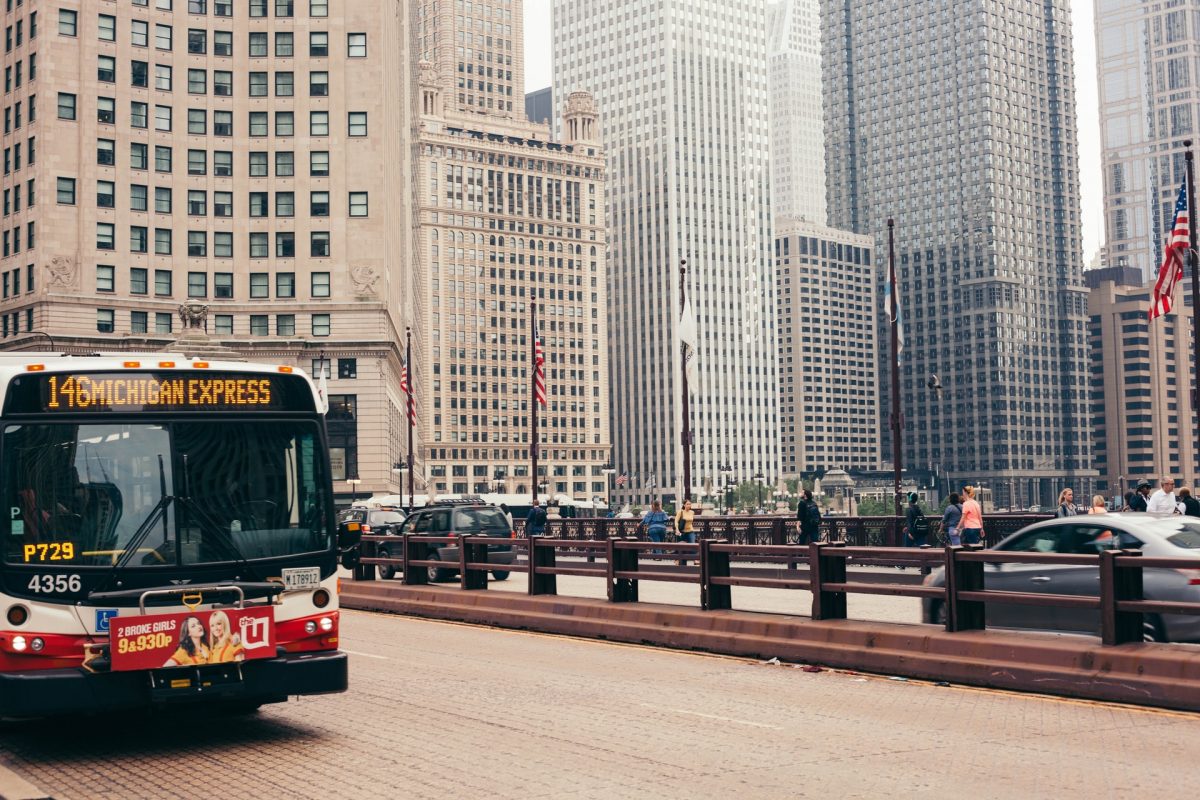
Photo by Jonathan J. Castellon from Unsplash
Bus
Also managed by the Chicago Transit Authority, buses give you more flexibility than what the trains offer. In areas that are far from the train stations but are still inconvenient to go on foot, the bus is another good option among Chicago public transportation.
The bus schedules vary but the buses in the route of 94 South California start as early as 3:40 AM and end at 12 AM on a weekday. While 49 Western operates for 24 hours. When planning your trip, you may check out the routes and schedule in their brochure or you may also use the CTA Bus Tracker for easier access.
FARE:
- Cash Fare at the bus: US$2.50 (full fare), US$1.25 (reduced fare), and US$0.75 (students).
- Full Fare: US$2.25 per ride.
- Reduced: US$1.10 per ride. This is only a privilege for seniors (ages 65 and above), Medicare cardholders, people with disabilities, ADA Paratransit Reduced Fare Permit holders, and children (ages 7-11 years old).
- Free: Children below 7 years old, active U.S. Military personnel with a United States Armed Forces ID or Military Service Pass, and senior citizens and people with disabilities who are part of the Aging’s Benefit Access Program of Illinois.
- Students: US$0.75 per ride. This fare is for students with the Student Ventra Card who are below 21. The discount is only valid from 5:30 AM to 8:30 PM on a school day. If you’re a student who’s older than 20, you can check their website if your school is one of the participating institutions that provide full-time students with a U-Pass to get unlimited bus rides during school days.
- Passes: US$10 (One-day pass), US$20 (Three-day pass), US$28 (Seven-day pass), US$105 (30-day pass), and US$50 (reduced 30-day pass). To avail the passes you will have to purchase a reloadable Ventra card. Ventra cards can be bought in the vending machines at any train station, retail locations (like drug stores, or money changers), Chicago Transit Authority official website, or through calling them at 1-877-NOW-VENTRA. Don’t forget to download the Ventra App to load your cards hassle-free,
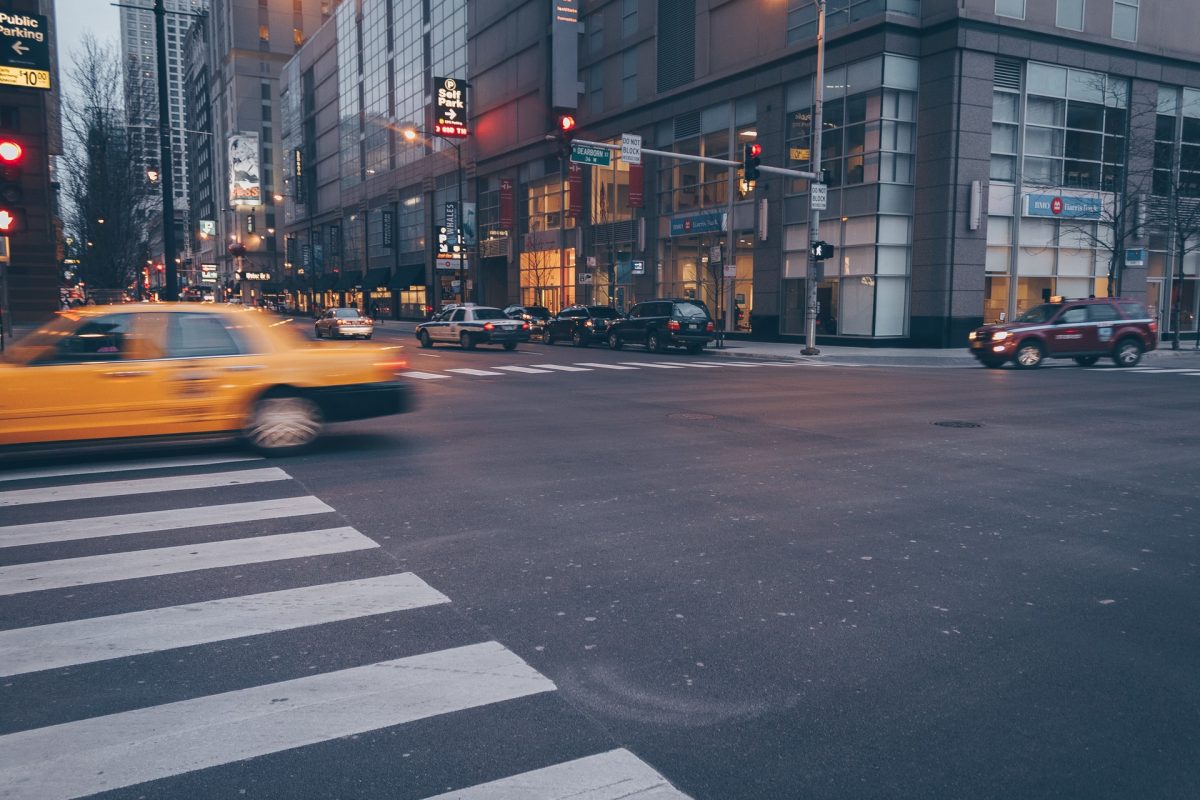
Photo by Josh Sorenson from Unsplash
Taxi
Another Chicago public transportation is a taxi. Aside from the traditional hailing of taxis on the streets, Chicago also gives a more accessible option to hail a taxi by using an e-hailing app either Arro or Curb.
Similar to Uber or Lyft, Arro shows you the price estimate, route, and estimated time of arrival of the nearest available driver. As for the payment, you can either pay with a card installed in the app or with cash. In case you ride an Arro Cab by hailing them on the street and you don’t have any cash, you may just open the app through your iPhone or Android and enter the seven-digit check-in code on top of the taxi’s screen. Then, after you reach your destination you will be billed automatically through your card installed in the app.
With over a hundred thousand drivers operating every day, Curb gives its passengers the efficiency with a single tap. Just like Arro, you can also e-hail a taxi and pay them through the app on your iPhone or Android.
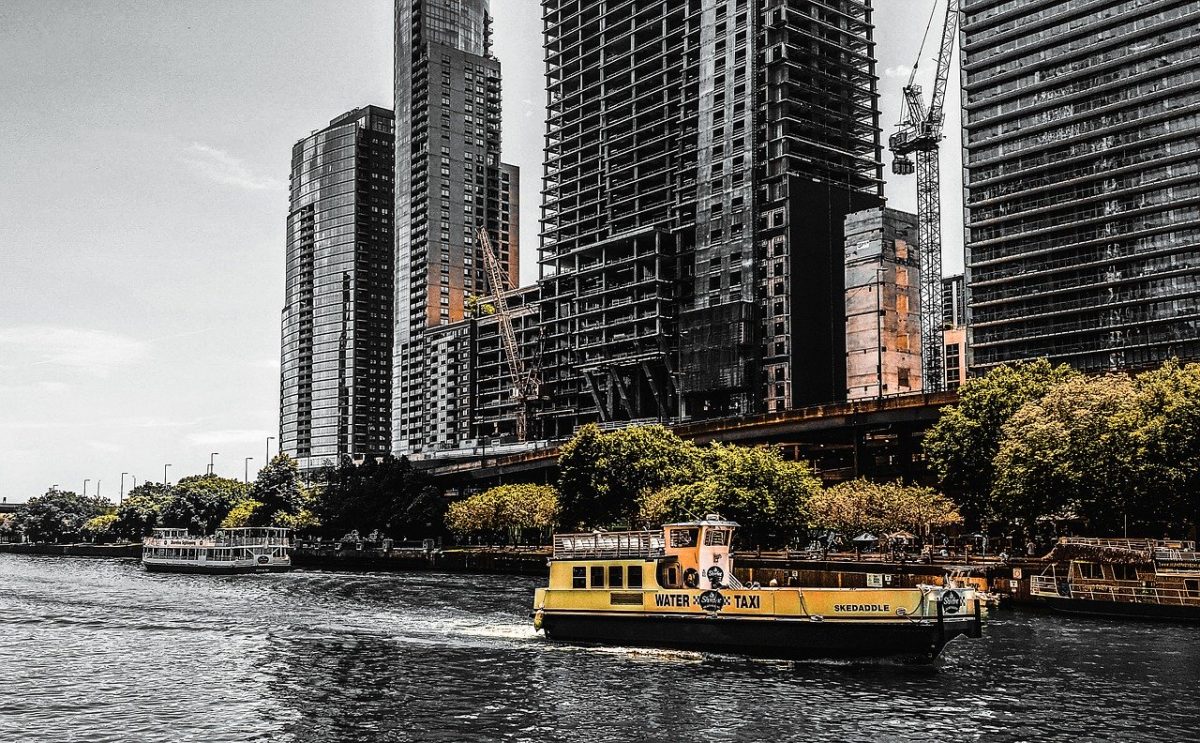
Photo by ThreeMilesPerHour from Pixabay
Water Taxi
Founded in 1935, the Water Taxi used to give tourists and locals an architectural tour from the river. Although they still offer tours until now, in 1962 they responded to the growing commuters’ problem by providing routes between Michigan Avenue and Northwestern Railroad station.
Currently, they have six routes: Ogilvie/Union (West Loop), Michigan Avenue, Chicago Riverwalk, Chinatown, Chicago Avenue, and Goose Island. Water Taxi can also carry up to around 300 passengers including bikes, luggage, and wheelchairs.
FARE:
- One-way ticket: US$6 per adult.
- One-way Half-priced ticket: US$3 per senior citizen. But this can only be purchased at Ogilvie/Union station or Michigan Ave Dock station.
- Free: For active Military Personnel and children below 4 years old.
- All-day pass: US$10.
- Ten-ride ticket: US$25 (every weekday) and US$50 (every weekend). The tickets can be used by 10 different passengers.
- 31-day commuter pass: US$80. This is for one passenger only and is valid from the first day it was used.
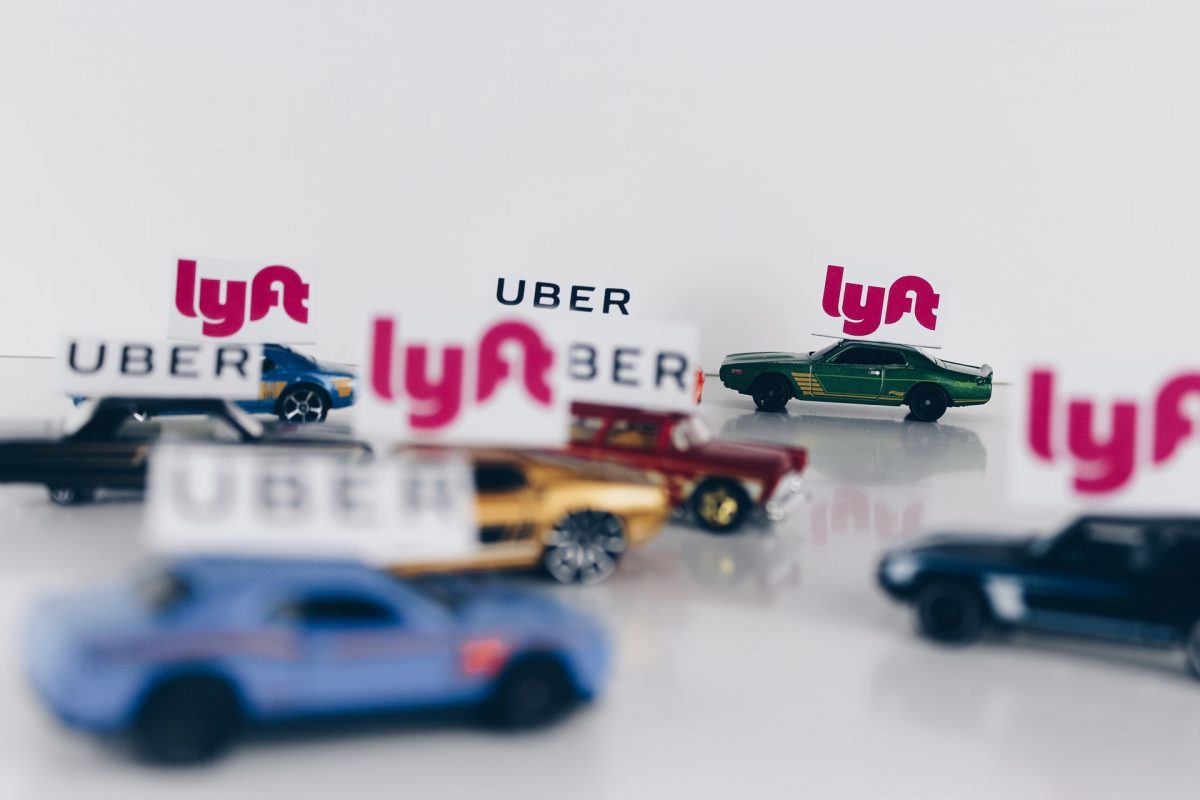
Photo by Thought Catalog from Unsplash
Shared Car
The Chicago public transportation will not be complete without the ride-sharing magnates Uber and Lyft. If you’re still curious as to which one is cheaper and better, we have already unraveled the ride-sharing apps’ mystery for you.
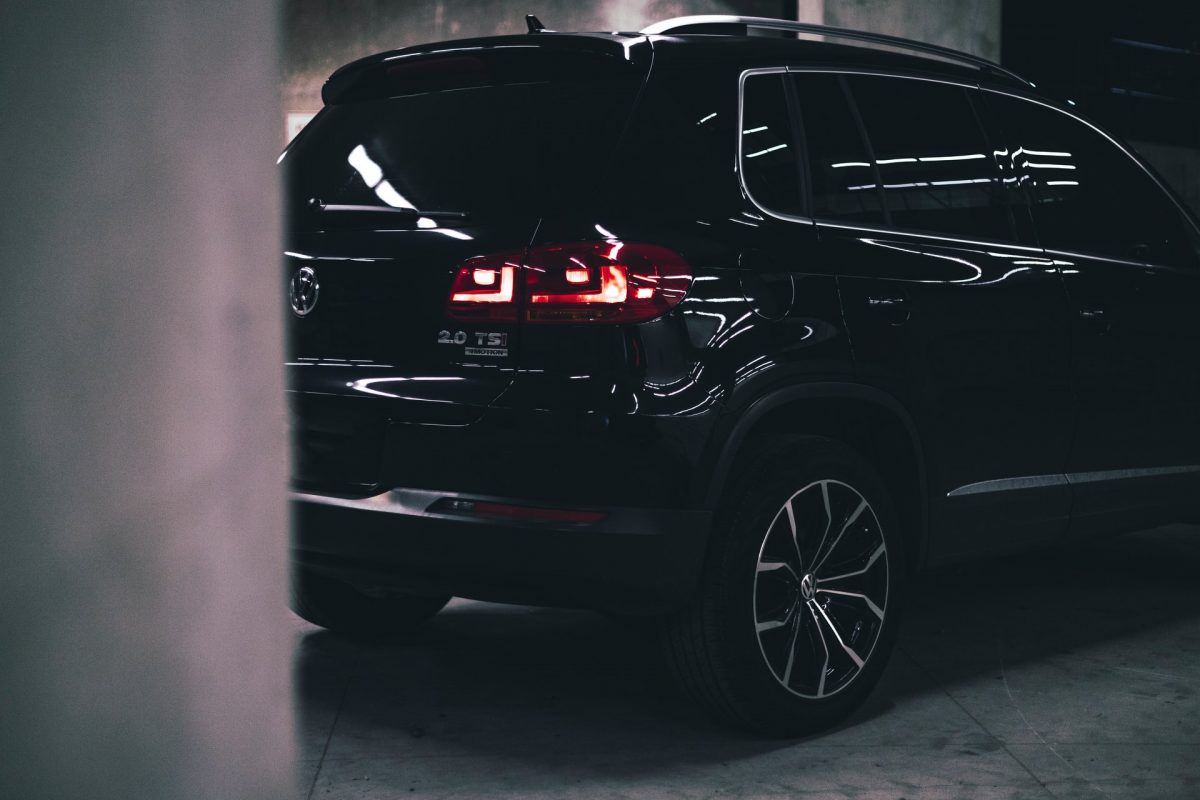
A photo by Steven Binotto from Unsplash
Airport Shuttle
If you’re coming to Chicago through the airport and you’re carrying a lot of luggage with you, you might want to book your shuttle ride in advance. The shuttle services in Chicago can take you from the airport to your hotel in the suburbs. This could also be in a private car or a shared minivan. The price varies from your drop-off point and arrival time.
For over 150 years, Go Airport Express has been providing its customers with various types of transportation without surge prices. Aside from their limousines, private SUVs, and Black Cars for fancy pants, they also have shuttles for budget travelers. You can choose from either having a Shared Shuttle or a Non-Stop shuttle which is recommended for one to three passengers.
Both shuttles pretty much have the same concept. In terms of price, it is the middle ground of private sedans and SUVs, they also have an exclusive inner loading lane at the airport, and they also offer wide coverage service from the airports to the city of Chicago as well as the suburbs.
However, in terms of stops, the Non-Stop shuttle will take you straight to your hotel, while for Shared Shuttle, there will still be one or two stops, depending on the drop-offs of the passengers.
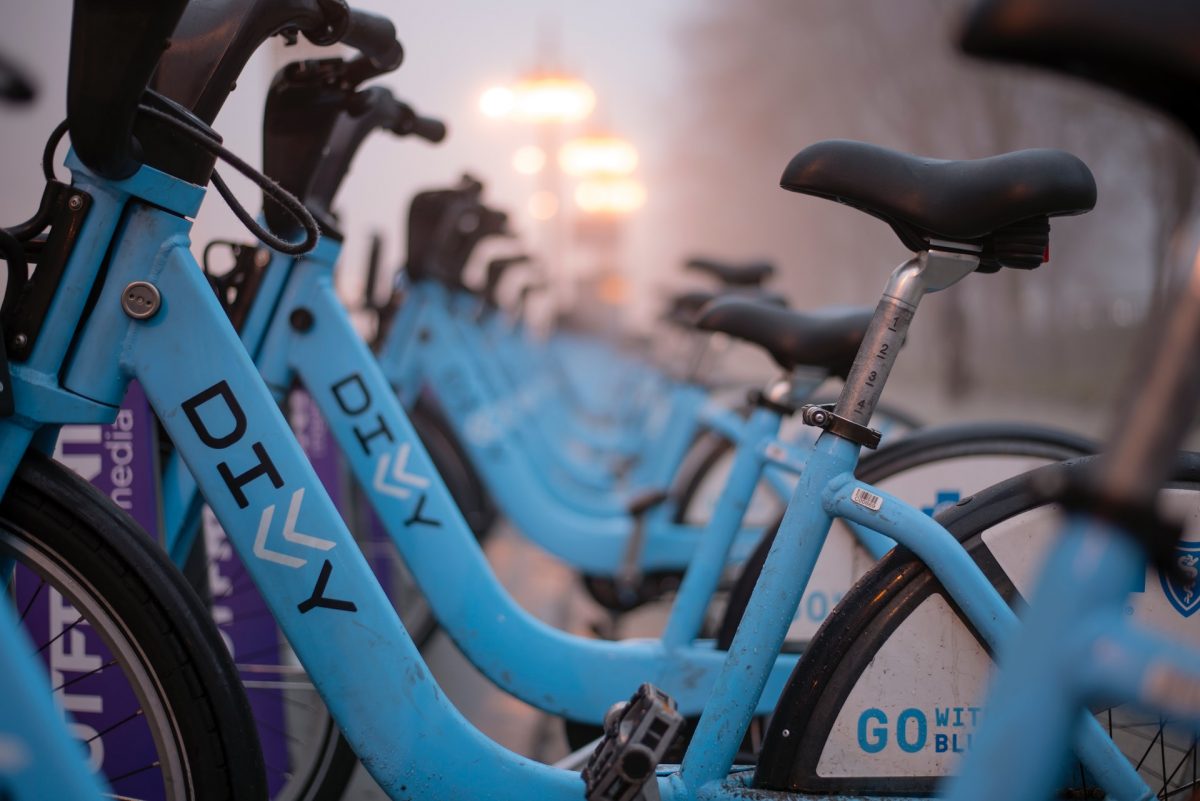
Photo by Mariusz Pierog from Unsplash
Bike
Another way to get around the city of Chicago with public transportation is by using bikes. Chicago has a bike-sharing platform called Divvy that allows you to ride any of the 6,000 Divvy bikes found in 600 stations. Simply check the bike’s availability on the station nearest to you through the Divvy app. Then proceed to the station, unlock the bikes, ride on, and return it to the nearest station in your destination. Yes, you read it right. It’s very convenient because you don’t have to return them to where you picked them up, instead, you can just lock them in any of the 600 stations near you.
FARE:
- Annual Membership: US$99. This is recommended for frequent bikers who would like to switch to biking as their primary Chicago public transportation. With the annual membership, you can go to your office, grocery, or school faster without worrying about where to park your bike.
- Single Ride: US$3. If you’re not yet sure whether to take the annual membership with Divvy, you may go for a single ride first to try its perks. The single ride is good for 30 minutes, it starts from where you picked up the bike to when you return it to the next station. You will only be charged US$0.15 per extra minute.
- Day Pass: US$15. This is recommended for travelers who would like to see the city of Chicago agilely. With the Day Pass, you can rent a bike for 24 hours with three hours ride per bike. Similar to a Single Ride you will only be charged US$0.15 per extra minute.

Photo by Matthew Henry from Burst
The Cheapest Way to Travel
Among the choices, taking the bus is the cheapest way to travel in Chicago. But in reality, choosing the cheapest Chicago public transportation depends on what type of commuter you are and your purpose in traveling.
Most of the time, you wouldn’t be allowed to take the bus if you’re coming from the airport with two big suitcases. Instead, you can opt for an airport shuttle because they don’t have surge pricing. So, regardless of the traffic and the weather, the price remains the same. They also help you with your luggage so you can comfortably sit back and relax.
On the other hand, if you’re traveling around the city to see various tourist spots in a day, taking the bus is still the cheapest option. Or you may opt for a bike instead. With only a US$0.75 difference, you can already experience living the local life, pedaling around the city, and ticking off a lot on your itinerary faster without considering bus schedules.

Photo by Nicole de Khors from Burst
Most Convenient Ways to Travel with Kids
Let’s say you’re traveling with a child and a toddler in a stroller. Although you will be allowed to take the bus or trains, the most convenient way to travel with kids is by car. Not only because you need to put the stroller in the trunk, but also kids may get agitated in crowded places, which in turn could also stress the parents and other passengers.
Instead of risking your convenience, you can choose travel by Uber or Lyft, or you can also e-hail a taxi. If you’re coming from the airport, you may book a Non-stop Shuttle service in advance.
Tips to Travel on Public Transport
1. Make Use of the Ventra Card.
Purchasing the Ventra card will allow you to save more money and time when you commute. Aside from the fact that you can reload your card through an app, you can also check the train and bus schedules conveniently. Besides, when you ride the bus with a Ventra card you will only pay US$2.25, but if you’re paying with cash when you aboard the bus, you’ll have to pay US$2.50. It’s just a small difference, but when you add upall the rides that you took, you’ll realize how much you could have saved.
2. Plan your Trip.
Although you have many options when it comes to the Chicago public transportation, it is always best to plan ahead. If you are riding a train, bus, or water taxi, make sure to check your route and their schedule first. This way, you will know what schedule you’re supposed to catch to avoid being late and until what time can you stay out to catch public transportation. Similar to bikes, you may check the nearest station to you and your destination through their app so you can plan accordingly.
3. Compare Prices.
With ride-hailing apps, Uber, Lyft, Curb, and Arro, it’s better to maximize their features. Since they already show you the price estimates, make sure to check each app first before booking your ride. Despite having similar factors that dictate their prices, sometimes there may still be differences.
4. Be Respectful of other Passengers or your Driver.
Whether you’re taking the train, or you’re in a cab, always be considerate to others. Offer your seat to elders and pregnant women, or at least greet your driver “Good Morning/Evening!”. You may just be together for a few minutes, but kindness will always be a universal language.
5. Always be Alert.
Safety should be your main concern not only when you ride a Chicago public transportation, but also when you’re traveling through any public transportation. Send your location to your partner or any family member. Brisk walk when you’re passing through an unlit area. Check the plate number, back-seat, and front-seat before riding your booked car or taxi. Look at all directions when you’re crossing the street. These are common reminders, but sometimes there are still people who take them for granted.
We hope that this helped you plan your trip. If you have other tips that you learned when you traveled to the city of Chicago, let us know!

